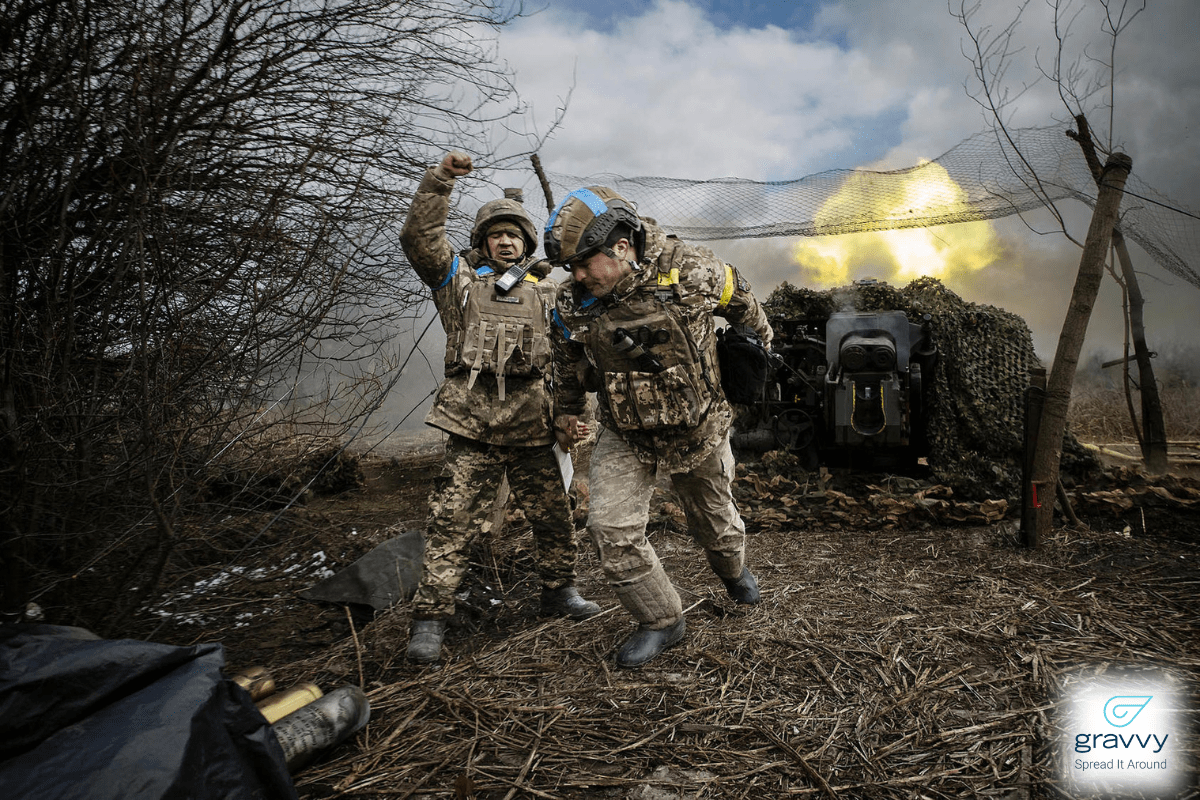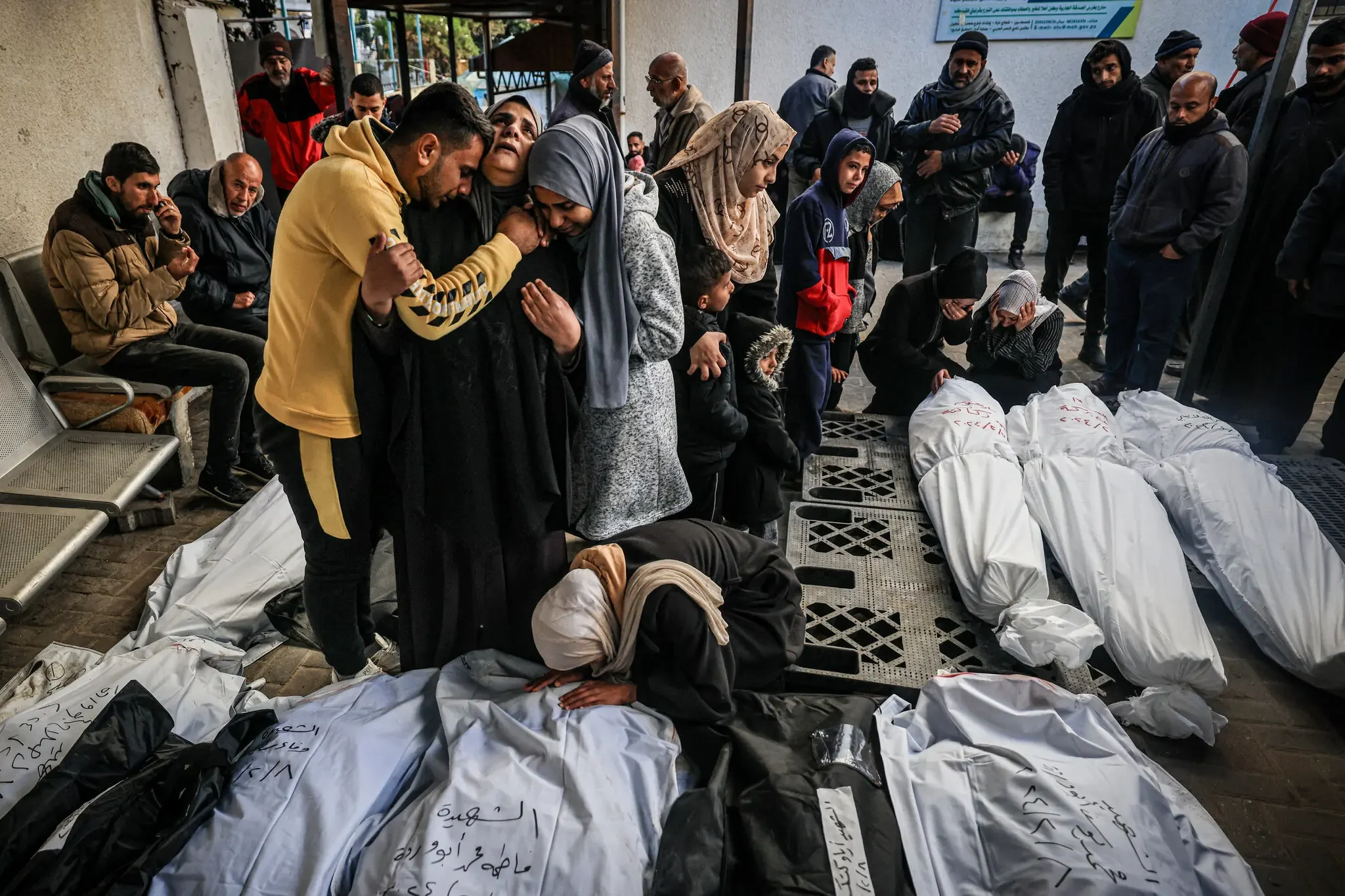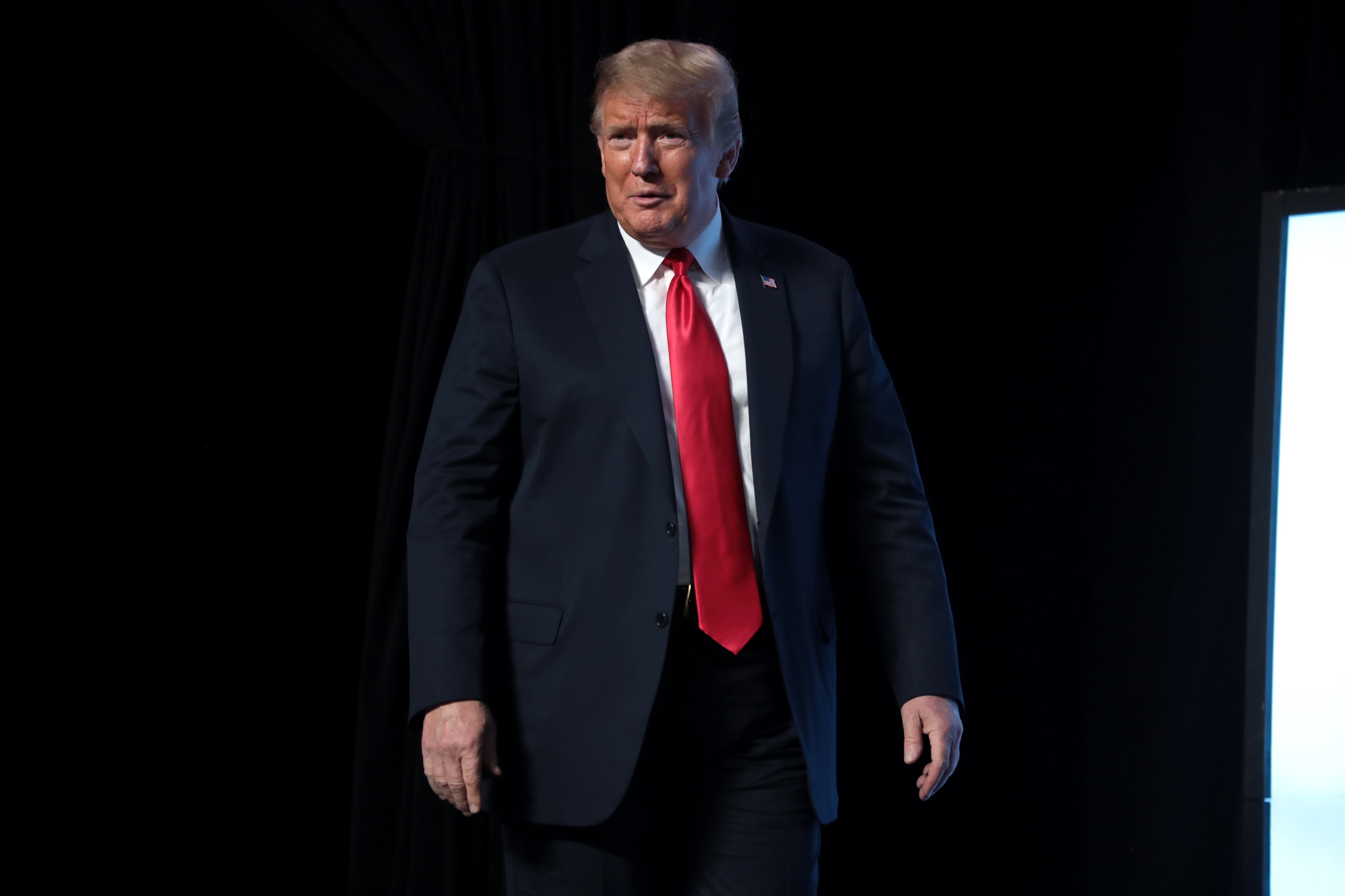
Should the POW/MIA Flag be Displayed at Prominent Federal Properties With the American Flag? (S. 693)
Do you support or oppose this bill?
What is S. 693?
(Updated December 20, 2019)
This bill was enacted on November 7, 2019
This bill — the National POW/MIA Act — would require the POW-MIA Flag to be displayed whenever the American flag is displayed on prominent federal properties. This would effectively require the POW/MIA flag’s display at prominent federal properties on a daily basis.
“Prominent federal properties” would include the U.S. Capitol, the White House, the World War II Memorial, the Korean War Veterans Memorial, the Vietnam Veterans Memorial, every national cemetery, the buildings containing the official offices of the Secretaries of State, Defense, and Veterans Affairs, the office of the Director of the Selective Service System, each major military installation (as designated by the Secretary of Defense), each Department of Veterans Affairs medical center, and each United States Postal Service post office.
Under current law, the POW/MIA flag is only required to be displayed on certain prominent federal properties on six days a year: Armed Forces Day, Memorial Day, Flag Day, Independence Day, National POW/MIA Recognition Day, and Veterans Day. Additionally, the National Vietnam Veterans, Korean War Veterans and World War II Memorials are now required by law to display the POW/MIA flag daily.
Argument in favor
The POW/MIA flag isn’t displayed often enough at U.S. federal properties and offices. As a nation, the U.S. should honor those who’ve been lost during service, and flying the POW/MIA flag on a daily basis is one way to do so.
Argument opposed
The POW/MIA flag is already flown on important holidays related to veterans when it’s most appropriate to display that flag at major federal properties. Increasing the frequency with which it’s flown isn’t necessary or particularly meaningful.
Impact
POWs and MIAs; POW/MIA flag; prominent federal properties; and frequency of the POW/MIA flag’s display at prominent federal properties.
Cost of S. 693
A CBO cost estimate is unavailable.
Additional Info
In-Depth: Sen. Elizabeth Warren (D-MA) reintroduced this bill from the 115th Congress to require the POW/MIA Flag to be displayed whenever the American flag is displayed on prominent federal properties:
“Honoring our servicemembers who have fought courageously and honorably for our country's freedom is so important. I am proud to introduce this bipartisan bill alongside Senators Cotton, Thune, and Sinema to honor all servicemembers, including those who have not made it home."
Original cosponsor Sen. Tom Cotton (D-AR) adds:
“Over 82,000 Americans, including hundreds of Arkansans, remain missing from past wars. They are not forgotten. It is my hope that this small gesture reminds Americans to honor those who left our shores, and never returned."
Rep. Chris Pappas (D-NH), sponsor of this bill’s House companion, says:
“The POW/MIA Flag is representative of the courage and sacrifice members our armed forces have given on behalf of this nation throughout our history. By putting the flag on full display outside of prominent federal buildings, memorials, and national cemeteries, we are reaffirming our commitment to the more than 82,000 servicemembers who remain unaccounted for. As the representative of New Hampshire’s First Congressional District, which has the longest-running POW/MIA vigil in America, I have seen how important the flag is to demonstrate that these heroes are not forgotten. I hope this bill will help encourage further display of the POW/MIA Flag and honor our servicemembers, veterans, and their families.”
Rolling Thunder, Inc. National supports this bill. Its Government Affairs Liaison, August Dante, says:
“The POW/MIA flag will be a symbol of our Nation's concern and commitment to resolving as fully as possible the fates of Americans still imprisoned, missing and the 83,000 plus unaccounted for from all wars. As the POW/MIA Chair of Honor in the US Capitol, the POW/MIA flag flying over the Capitol will be a reminder to the families of our missing and the public that our government has not forgotten those that did not come home."
Authors H. Bruce Franklin and Rick Holmes argue that there are better ways to honor MIAs and POWs. They suggest a symbol of peace or simply flying the American flag on its own instead.
This legislation unanimously passed the Senate with the support of seven bipartisan Senate cosponsors, including four Republicans and three Democrats. Its House companion, sponsored by Rep. Chris Pappas (D-NH), has 32 bipartisan House cosponsors (including 22 Democrats and 10 Republicans) and hasn’t yet received a committee vote.
Rolling Thunder, the National League of POW/MIA Families, and Veterans of Foreign Wars (VFW) support this legislation.
Of Note: This bill was introduced to honor the more than 81,000 Americans who are listed as Prisoners of War (POW), Missing in Action (MIA), or otherwise unaccounted for from U.S. wars and conflicts.
The POW/MIA flag was designed by Norman Rivkees, Vice President of Annin & Company, in 1970 at the behest of Mrs. Michael Hoff, an MIA wife and member of the National League of POW/MIA Families. Rivkees worked with an Annin advertising agency employee, Newt Heisley, to design the flag. After the flag’s approval by the National League of POW/MIA Families at a meeting held from January 22-23, 1972, POW/MIA flags were manufactured for distribution.
On March 9, 1989, an official League MIA/POW flag which had been flown over the White House on National POW/MIA Recognition Day 1988 was installed in the US Capitol Rotunda. This was the result of bipartisan legislation from the 110th Congress. In a further demonstration of bipartisan Congressional support, the leadership of both chambers hosted the installation ceremony.
In 1998, the 105th Congress passed a law requiring the POW/MIA flag to be flown on six holidays during the year. Under Section 1082 of the 1998 Defense Authorization Act, the POW/MIA flag is required to be displayed at the White House, the US Capitol, the Departments of State, Defense and Veterans Affairs, the headquarters of the Selective Service System, major military installations as designated by the Secretary of Defense, all Federal cemeteries and all offices of the US Postal Service on six days each year: Armed Forces Day, Memorial Day, Flag Day, Independence Day, National POW/MIA Recognition Day and Veterans Day. Additionally, the Dept. of Veterans Affairs (VA) voluntarily displays the POW/MIA flag 24/7.
Additionally, the National Vietnam Veterans, Korean War Veterans and World War II Memorials are now also required by law to display the POW/MIA flag daily. Most state capitols have adopted similar laws, as have local governments nationwide.
Media:
-
Sponsoring Sen. Elizabeth Warren (D-MA) Press Release
-
House Sponsor Rep. Chris Pappas (D-NH) Press Release
-
The National League of POW/MIA Families (Context)
Summary by Lorelei Yang
(Photo Credit: iStockphoto.com / JannHuizenga)
The Latest
-
 IT: Trump's 2016 'deny, deny, deny' campaign strategy, and... How can you help the civilians of Ukraine?Welcome to Wednesday, May 8th, weekenders... As Trump's hush money trial enters it's third week, the 2016 campaign strategy of read more...
IT: Trump's 2016 'deny, deny, deny' campaign strategy, and... How can you help the civilians of Ukraine?Welcome to Wednesday, May 8th, weekenders... As Trump's hush money trial enters it's third week, the 2016 campaign strategy of read more... -
 How To Help Civilians in UkraineHeavy shelling and fighting have caused widespread death, destruction of homes and businesses, and severely damaged read more... Public Safety
How To Help Civilians in UkraineHeavy shelling and fighting have caused widespread death, destruction of homes and businesses, and severely damaged read more... Public Safety -
 The Latest: Israel Evacuates Rafah, Palestinian Place of RefugeUpdated May 6, 2024, 12:00 p.m. EST The Israeli military is telling residents of Gaza who have sought shelter in Rafah to read more... Israel
The Latest: Israel Evacuates Rafah, Palestinian Place of RefugeUpdated May 6, 2024, 12:00 p.m. EST The Israeli military is telling residents of Gaza who have sought shelter in Rafah to read more... Israel -
 Trump Hush Money Trial Enters Third Week, Strategy to ‘Deny, Deny, Deny’Updated May 6, 2024, 11:00 a.m. EST The criminal trial to determine whether Trump is guilty of falsifying records to cover up a read more... Law Enforcement
Trump Hush Money Trial Enters Third Week, Strategy to ‘Deny, Deny, Deny’Updated May 6, 2024, 11:00 a.m. EST The criminal trial to determine whether Trump is guilty of falsifying records to cover up a read more... Law Enforcement
 Climate & Consumption
Climate & Consumption
 Health & Hunger
Health & Hunger
 Politics & Policy
Politics & Policy
 Safety & Security
Safety & Security
